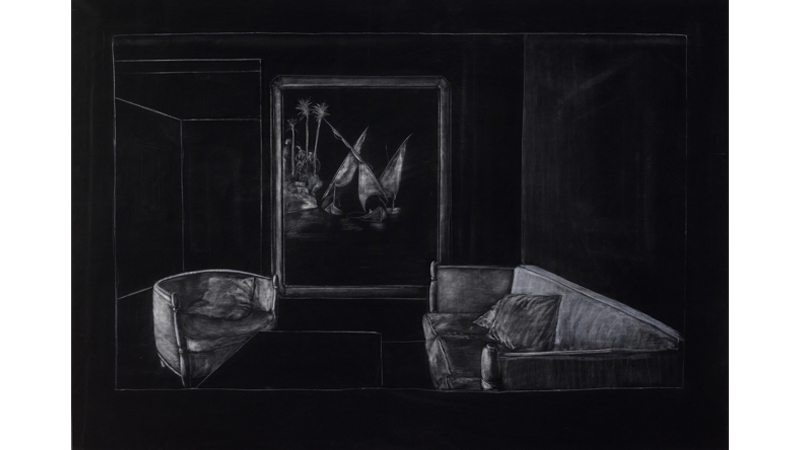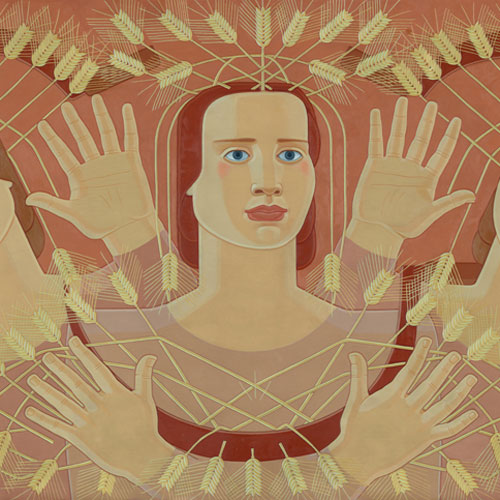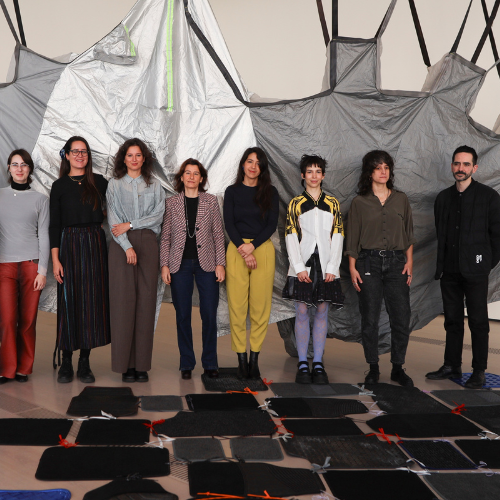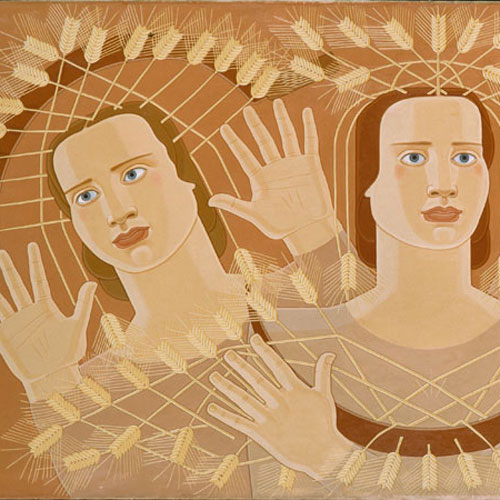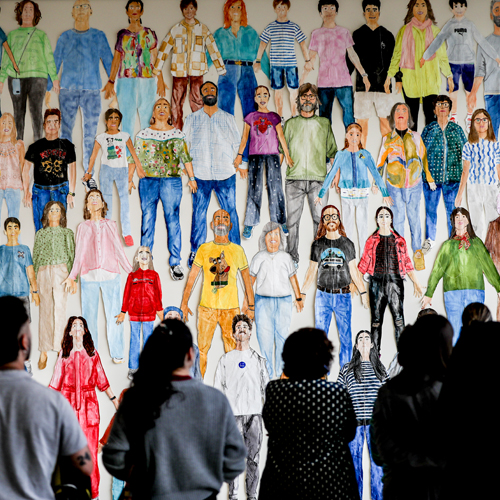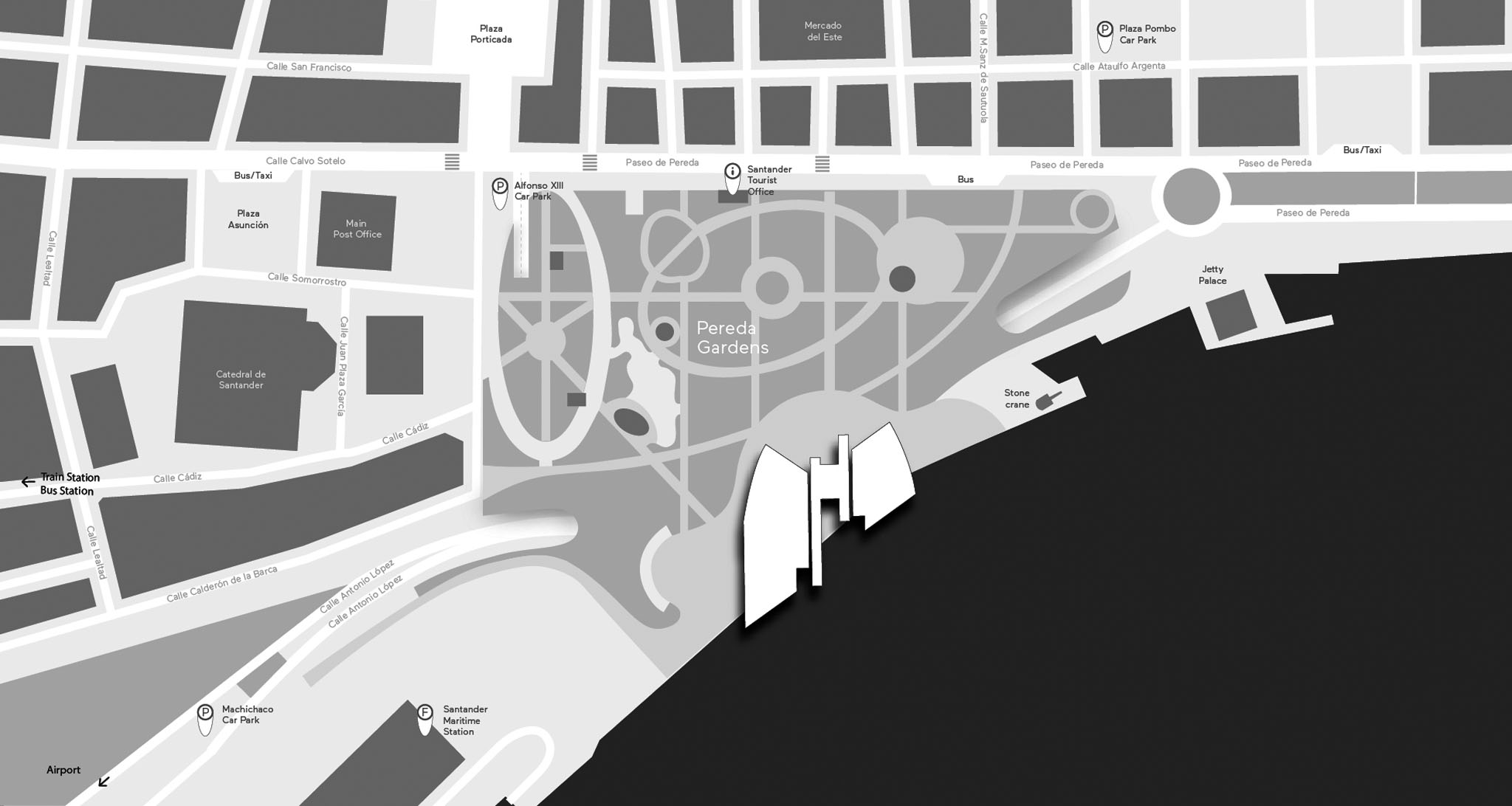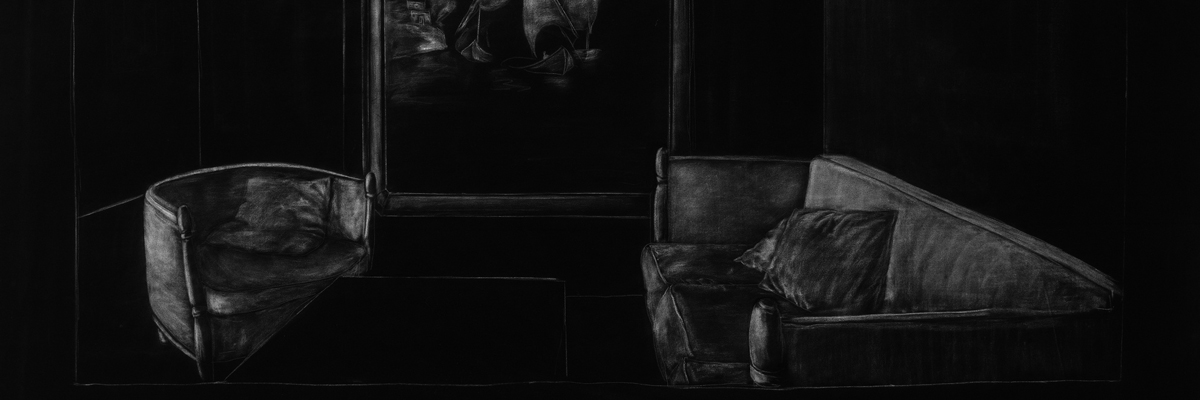
JUAN MUÑOZ: DRAWINGS 1982 – 2000 – A MAJOR RETROSPECTIVE AT CENTRO BOTÍN
- On the occasion of Centro Botín´s 5th anniversary, Juan Muñoz: Drawings 1982- 2000 will be the first retrospective of drawings by the Spanish sculptor Juan Muñoz, highlighting his career as a draftsman and examining the changes in his practice over two decades.
- Curated by Dieter Schwarz, the retrospective brings together over two hundred works specially loaned by institutions, private collections across Europe, the United States and the late artist’s Estate.
- The exhibition will be accompanied by a catalogue co-published with La Fábrica illustrating the works exhibited, with newly commissioned essays by various authors on Juan Muñoz and drawing.
Exhibition Dates: 25 June – 16 October 2022
Press Preview: 24 June 2022
Download images here.
Opening on the 25 June 2022 at Centro Botín in Santander, Juan Muñoz: Drawings 1982 – 2000 will be the first retrospective of drawings by the Spanish sculptor Juan Muñoz, highlighting his career as a draftsman. The exhibition will bring together an unprecedented number of Muñoz’s (1953–2001) works, to present an overview of his drawings with more than two hundredworks specially loaned by institutions, private collections in Europe, the United States and by the lateartist’sEstate. Curated by Dieter Schwarz, author and specialist in modern and contemporary art, the show will run until the 16 October 2022.
This premiere exhibition, produced by Centro Botín in collaboration with the Juan Muñoz Estate, will consider the various aspects of the artist’s work as a draftsman and the changes it underwent over approximately two decades of activity, creating a narrative that respects and enhances these considerations. The exhibition will be structured as a sequence of 12 sections, organised more or less chronologically, each of which will address a different theme of the artist’s work. These sections will include recreating past exhibitions in which Muñoz incorporated drawings, bringing the artworks back together in the same context for the first time, as well as grouping works from specific time periods of the artist’s career. It will finish with a poignant section dedicated to the set of drawings titled ‘A Brief Description Of My Death’ (1999), works Muñoz created just two years before his sudden and unexpected death.
On the exhibition, curator Dieter Schwarz commented: ‘This exhibition at Centro Botin will offer visitors a new way to experience the incredible work by one of Europe’s leading artists of the 20th century. Juan Muñoz’s deeply personal and enigmatic drawings tell untold stories through figurative form, which was at the time a rebellion against the more favoured abstract style. I hope visitors will leave having experienced the strong emotional response that these mysterious drawings can evoke, and a greater understanding of the role drawings played for the great Spanish sculptor.’
In the context of European art of the 1980s and 1990s, Juan Muñoz produced an exceptional body of drawing work, even if his career was unfortunately brief. The act of drawing was a constant throughout his life, always oscillating between drawing as a thought, a sketch, to more developed or meticulously executed plates, and from freehand drawings to works done after projecting images onto canvas. As a result, his work in this field became extensive. His drawings could form part of sculptural works or be conceived as narrative scenes, but they could also take the form of autonomous creations that allowed him to conceive highly metaphorical images.
Muñoz’s daringly free career was marked by his desire to engage in multidisciplinary ideas; from sculpture and drawing, to writing, sound pieces and theatre. In his career as a draftsman, this spirit is found yet again. Even though most of the drawings in Muñoz’s oeuvre are indeed found on paper, he very early on applied the technique on different materials, creating autonomous drawings with sculptural quality. The curator Dieter Schwarz has decided to bring this breadth of the artist language into dialogue with the drawings on paper, selecting key pieces of Muñoz’s drawing oeuvre with an enriching variation of materiality. We thus find Muñoz’s 1985 work ‘Late Portrait’, in which he drew on concrete with charcoal; the installation work ‘The Nature of Visual Illusion’, 1994-97, composed of three figures surrounded by an extensive backdrop of a curtain painted with acrylic on canvas; and the series of drawings ‘Raincoat Drawings’ (realised between 1988 and 1995), and ‘Back Drawings’ (realised between 1990-1995), executed with white chalk and white oil-stick on black fabric, that stand halfway between drawings, paintings, and sculpture.
“To draw is a pleasure, it is a very beautiful, solitary job. I always draw. I never wanted to draw the pieces I was making because I thought they would be like illustrations. So, I always try to make drawings that are separate entities.” – Artist, Juan Muñoz.
The exhibition will be accompanied by a catalogue, in Spanish and English, co-published with La Fábrica that will illustrate the works exhibited. It will contain newly commissioned essays by various authors on Juan Muñoz and the medium of drawing including the curator’s essay, which provides an overview of Muñoz’s drawing oeuvre, alongside texts by James Cahill on the artist’s illustrations for Joseph Conrad and by Manuela Mena Marqués focusing on the artist’s relationship with drawing in the 18th and 19th centuries, especially in Spain; reviews by John Berger, James Lingwood, Declan McGonagle, Brenda McParland, and Guy Tosatto are also included.
On Juan Munoz’s drawings, Director of the Musée de Grenoble Guy Tosatto commented: “…his stroke was invariably extremely sure. It could be both incisive and surprisingly delicate… it is a sculptor’s drawing, with that incomparable power, and that matchless sense of volume and space.”
ENDS
For all press enquires please contact Rebecca Butler at Sutton:
rebecca@suttoncomms.com | +44(0) 20 7183 3577
NOTES TO EDITOR
LISTINGS
Centro Botin, Muelle de Albareda s/n, Jardines de Pereda, 39004 Santander, Spain
Opening Times: Tuesday to Friday, 10am to 2pm and 4pm to 8pm. Weekends and holidays, 10am to 8pm.
General admission: €8 (€9 box office). Concession €4(€4,5 box office)
Free Entrance: 18 May (Museum Day) & 12 October (Hispanic Day)
About Juan Muñoz
Juan Muñoz (1953–2001) was born in Madrid. He spent a year studying architecture at the Polytechnic University in Madrid before deciding to flee fascist Spain for London in 1970. Muñoz went on to study at the Central School of Art and Design in London (1976–1977); London’s Croydon College of Design and Technology, where he focused on printmaking (1979–1980); and the Pratt Graphics Center in New York (1981). The artist’s work is represented in prominent public collections, including the Art Institute of Chicago in the US; Carré d’Art–Musée d’art contemporain de Nîmes, France; Hirshhorn Museum and Sculpture Garden, Washington, DC in the US; Institute of Contemporary Art, Boston in the US; Louisiana Museum of Modern Art in Humlebæk, Denmark; Museum of Contemporary Art, Antwerp (M HKA) in Belgium; Museo Nacional Centro de Arte Reina Sofía in Madrid, Spain; Museu d’Art Contemporani de Barcelona in Spain; Museum Boijmans Van Beuningen in Rotterdam, The Netherlands; Museum of Contemporary Art, Los Angeles (MOCA) in the US; Museum of Modern Art, New York (MoMA) in the US; San Francisco Museum of Modern Art (SFMOMA) in the US; Stedelijk Museum voor Actuele Kunst in Ghent, Belgium; and Tate in London, UK.
A detailed biography can be downloaded here.
About Dieter Schwarz
Dieter Schwarz is a curator, author, and consultant for modern and contemporary art. Born in Zurich in 1953, where he currently lives, he’s the former Director of Kunstmuseum Winterthur, Switzerland, (1990–2017). He studied German and French literature, Linguistics and Comparative Literature in Zurich and graduated in 1981 with a PhD. Schwarz has curated numerous exhibitions and written publications on art from early modernity to the present day. He is a member of the Menil Drawing Institute Advisory Committee and of the Boards of Thomas Schütte Foundation, and Fondation Mattioli Rossi.
